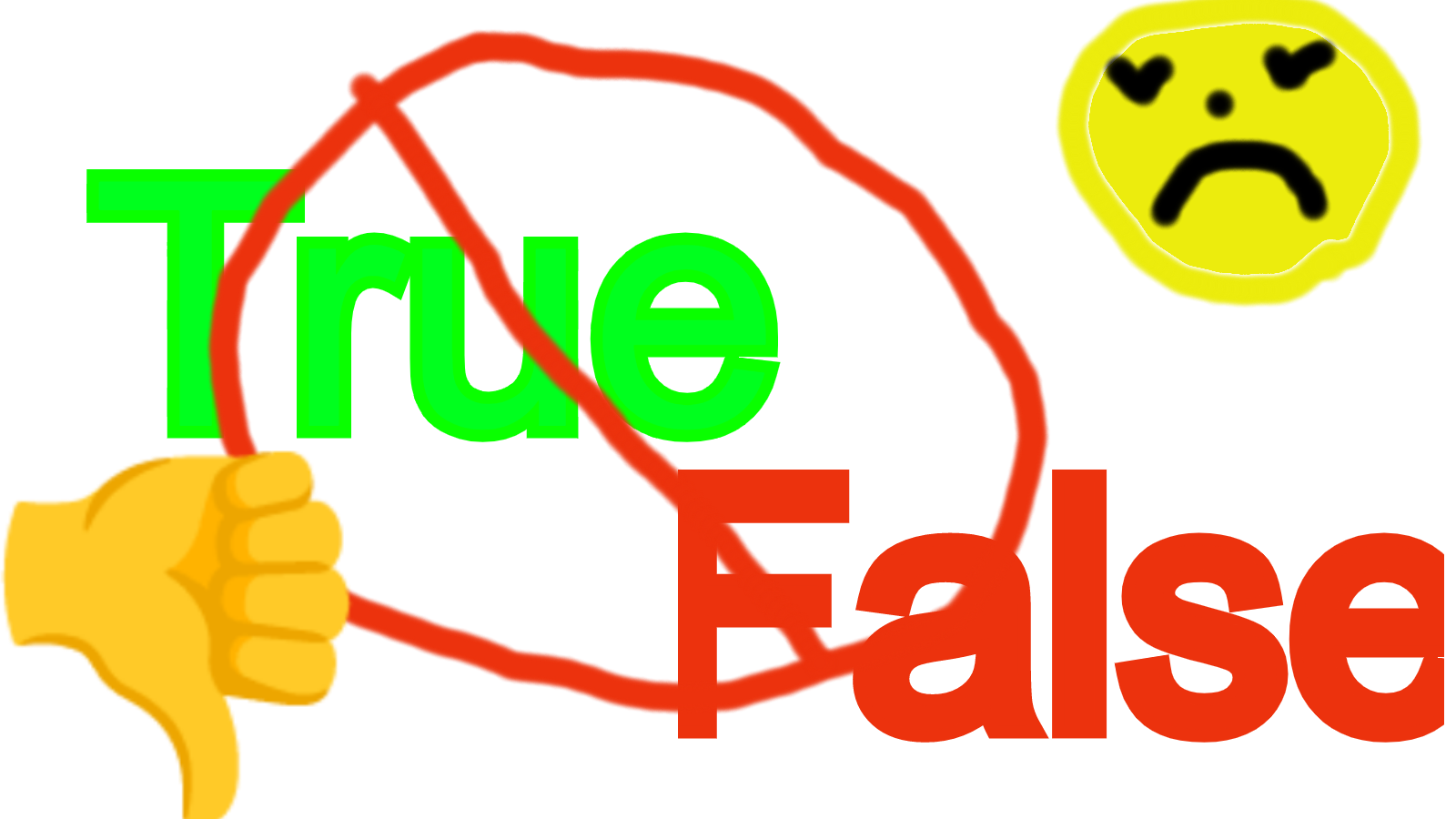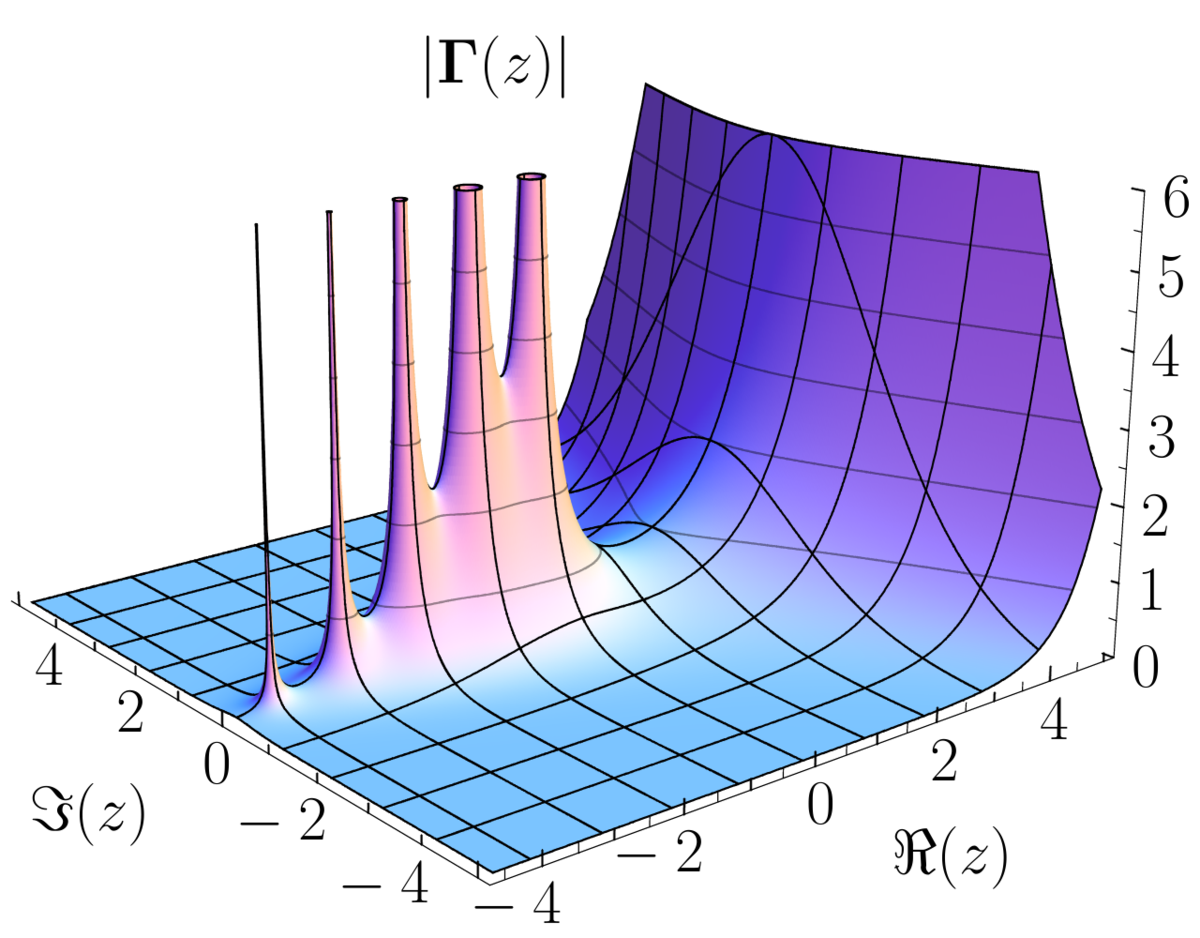Boolean Considered Harmful

Boolean Considered Harmful
I make the claim that using the boolean type (called "Boolean")
is always a bad design decesion. This is because Boolean is
like the rind of an orange that has been squeezed out. The rind
testifies that there once was an orange here, but the juicy goodness
of the orange is long gone.
It is the same with Boolean. If you are using Boolean, there was
once a function which returned more information, but this helpful information
was thrown away when all the information was squashed down into only 2 states.
My recommendation is that for any time you are tempted to write "Boolean", consider what information the function is actually computing.
To illustrate my point more, I will code the equality function on natural numbers in
Agda. For any natural numbers x and y, x == y returns true if x is equal
to y and false otherwise. I will then contrast this function against x ==? y, which I claim
is a better function.
Do not worry if you do not know Agda, because I will be explaining the code at every step.
Standard Library Functions
First, I will defining some standard functions. These functions are all in the standard library of Agda, so this section is a learning exercise where I will be thouroughly explaining the purpose of all the code.
Peano Numbers
We will represent natural numbers as Peano Numbers, which means
that every natural number is either 0 or successor(n) for some natural number n. In Agda, we would
represent the natural numbers as this data type:
data NaturalNumber : Set where zero : NaturalNumber successor : NaturalNumber → NaturalNumber variable m n : NaturalNumber
Booleans
We can then define the much-dreaded Boolean, which is either true or false.
data Boolean : Set where true : Boolean false : Boolean
Booleanean (Bad) Equality
In our first attempt to define equality on natural numbers, we use a Boolean to represent the result:
true if the two numbers are equal and false if the two numbers are not equal.
infixr 5 _==_ _==_ : NaturalNumber → NaturalNumber → Boolean zero == zero = true successor a == zero = false zero == successor b = false successor a == successor b = a == b
Propositional Equality
To begin to define our better equality, we first need a specification of equality. Some beginners are confused by propositional equality because propositional equality does not compute if two values are equal, but rather it gives the type of all proofs that they are equal.
infixr 5 _≡_ data _≡_ {A : Set o} : A → A → Set (lsuc o) where reflexivity : {a : A} → a ≡ a
So, for example, a ≡ b is the type of all proofs that a is equal to b.
Empty Type
The empty type is inhabited by no values. The empty type represents the false proposition, or the proposition with no proofs.
data empty : Set where
Decidability
With these pieces, we can define decidability. A proposition
is decidable if there exists an
algorithm for deciding if the proposition is inhabited.
The decides A type will either produce evidence that A is inhabited, or
produce evidence that A in uninhabited.
data decides (A : Set o) : Set o where trueBecauseOf : A → decides A falseBecauseOf : (A → empty) → decides A
A simple utility function which proves that successor is
an injective function.
successorInjective : successor m ≡ successor n → m ≡ n successorInjective reflexivity = reflexivity
Given the type decides, we can say what it means for a binary function
to be decidable: for all its inputs, we can produce evidence of the type
being inhabited or uninhabited.
decidable2 : {A B : Set o} → (A → B → Set ℓ) → Set (o ⊔ ℓ) decidable2 {A = A} {B = B} f = (a : A) (b : B) → decides (f a b)
The Improved Natural Number Equality
We will now define the improved equality function on natural numbers:
infixr 5 _==?_ _==?_ : decidable2 {A = NaturalNumber} (_≡_) zero ==? zero = trueBecauseOf reflexivity zero ==? successor y = falseBecauseOf λ () successor x ==? zero = falseBecauseOf λ () successor x ==? successor y with (x ==? y) ... | trueBecauseOf reflexivity = trueBecauseOf reflexivity ... | falseBecauseOf x≢y = falseBecauseOf (λ z → x≢y (successorInjective z))
Why the Deciding Verison is Better
You might be wondering: "why is x ==? y better than x == y". In short, it is because
x ==? y has a specification, but x == y does not.
What's more, for all inputs, x ==? y returns evidence that it is correct, whereas we have not even
stated the correctness specification for x == y.
You should always assume that everything is wrong until you have a formal proof that it is correct.
Any function with the type signature decidable2 {A = NaturalNumber} (_≡_) must be correct. By
using a more expressive type, we have ensured correctness automatically. Others have said
"make illegal states unrepresentable"
but I say, "make incorrect code unwritable".
Write a specification so that the only option is for your code to be correct.
With the pedestrian x == y, it would be easy to write a function with the same type signature that,
in fact, would be incorrect.
The main concern in software is proofs of correctness. Every other aspect of code (including performance) is secondary. To learn more about this, look at this talk.
For these reasons, I strongly advise that 90% of the use of Booleans is incorrect, and could be
replaced by more informative types.


